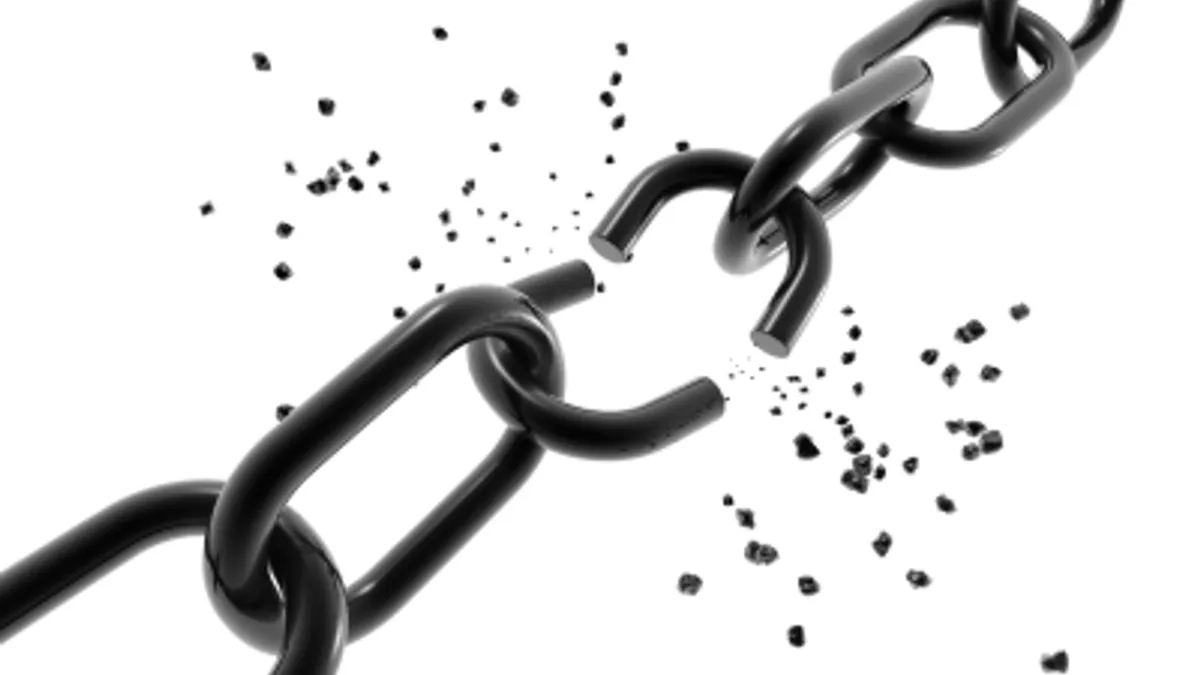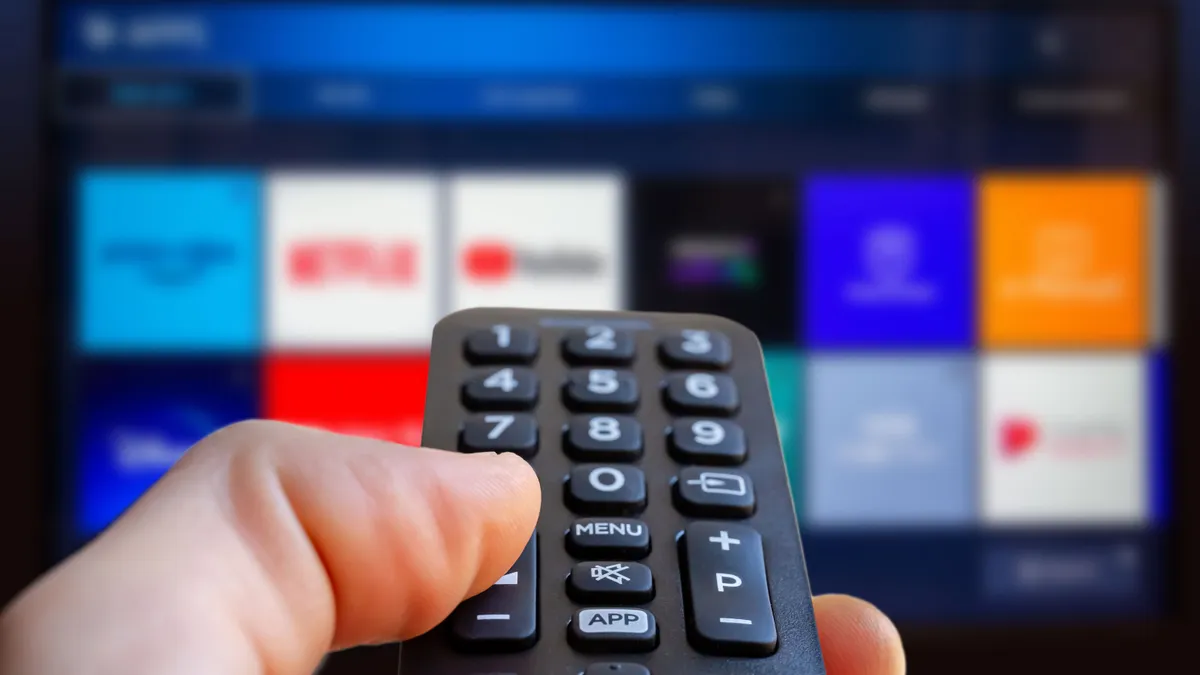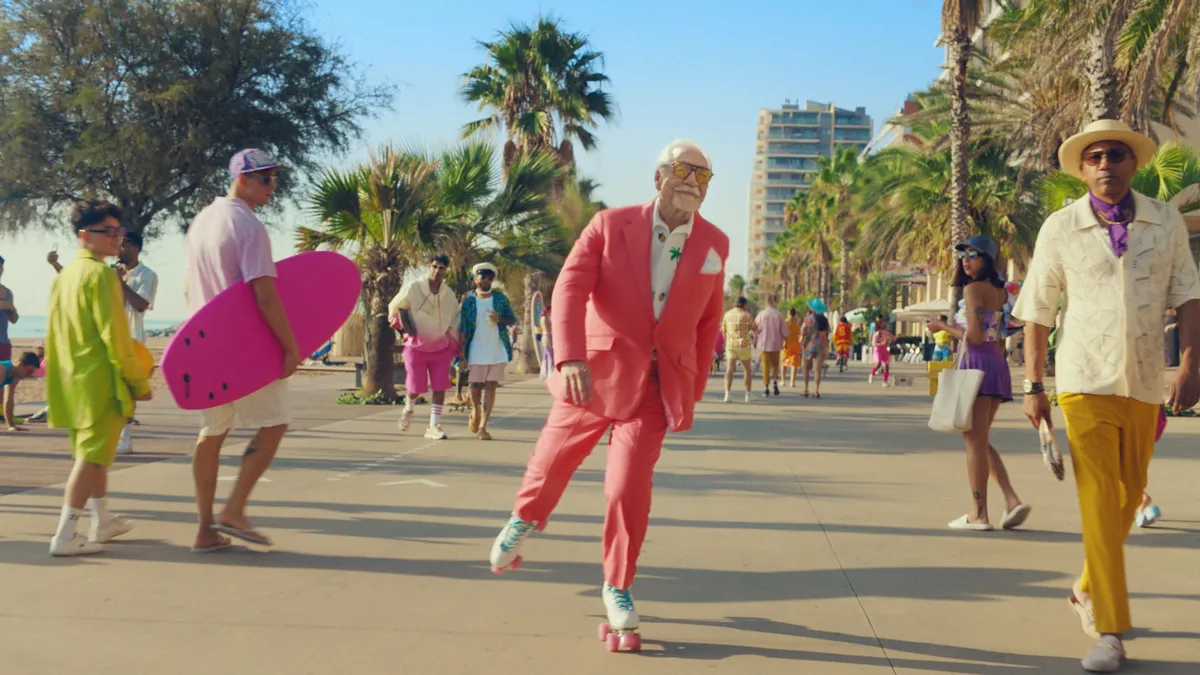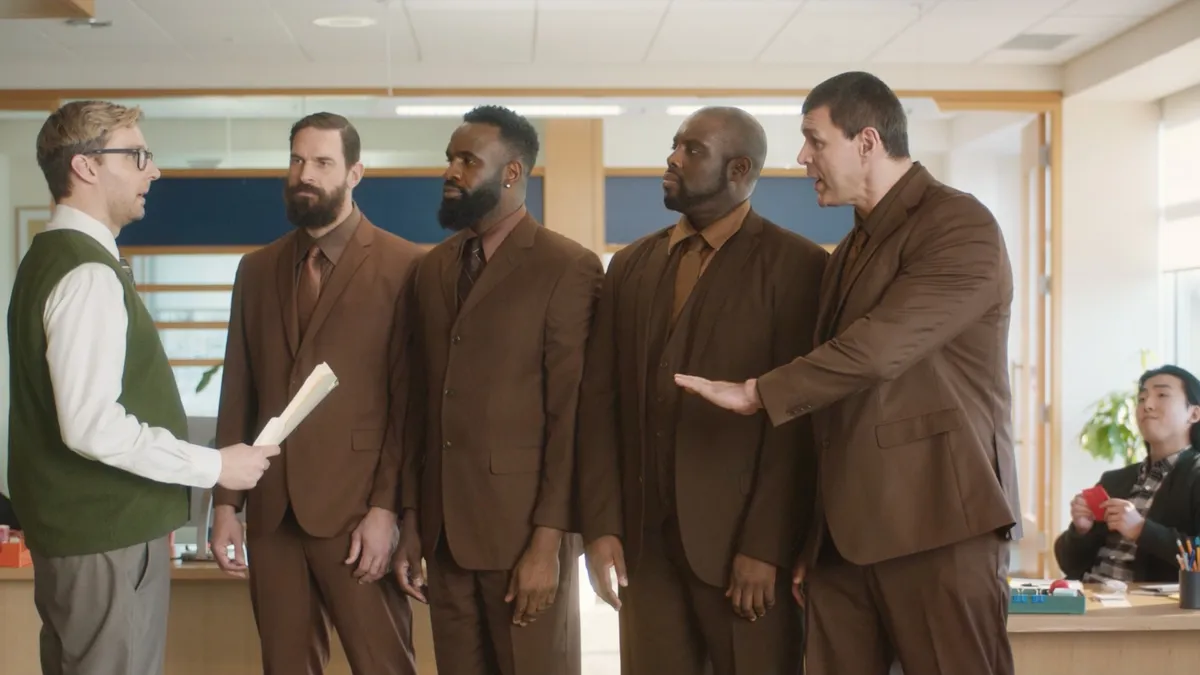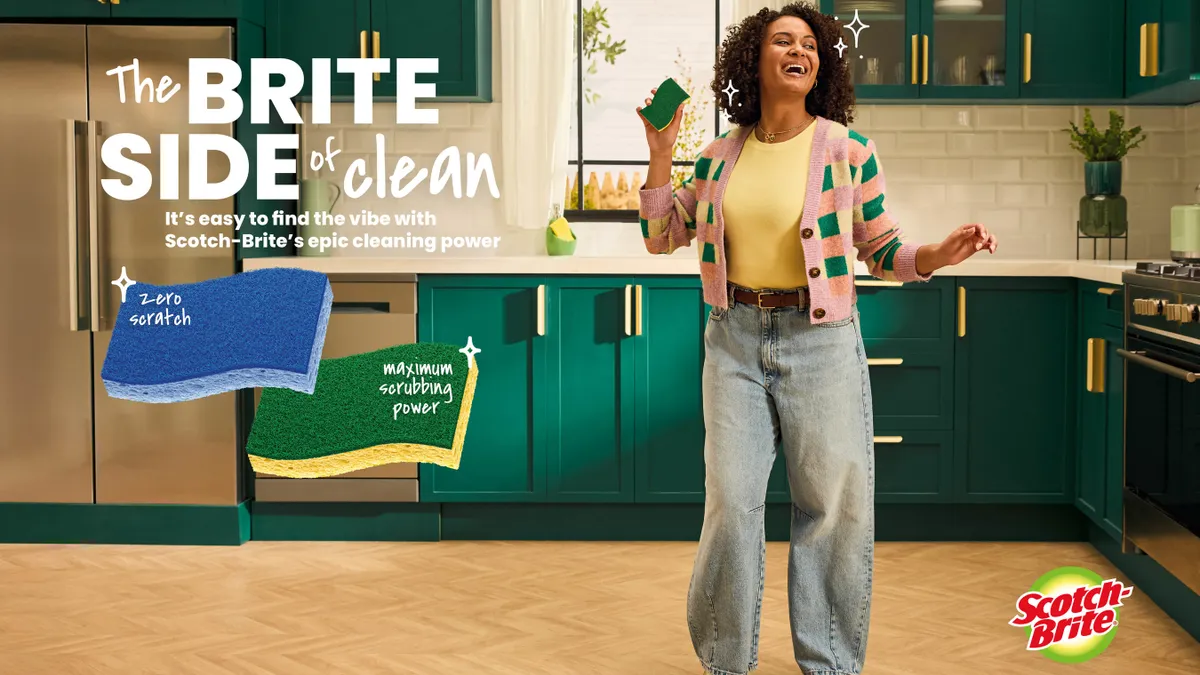After years of assurances that digital media is just getting the kinks ironed out, there has been a recent surge in influential marketers like P&G, Chase and others who are putting their foot down and saying "no" to the channel's myriad, glaring pitfalls.
Wonky metrics, offensive content, ad fraud run amok and even a growing skepticism around the basic efficiency in how ads are served have put the digital ecosystem under a perhaps unprecedented level of scrutiny from brands in 2017. The threads tying all of these issues together — namely, a lack of transparency and any sort of standardized media accreditation — are long-standing but only recently forced to the fore by a few key industry leaders.
"The days of giving digital a pass are over — it’s time to grow up," Marc Pritchard, Procter & Gamble's chief brand officer, said at the Interactive Advertising Bureau’s Annual Leadership Meeting in January. "It’s time for action."
If marketers' calls to action are effective, they could result in a redirection of budgets and even a major scaling back in the volume of digital ads served all together. These recalibrations might not only make digital more manageable as a channel but also result in higher quality advertising overall — a necessary change in the fight against headwinds like ad blockers.
For a look into this significant industry shift, Marketing Dive analyzes the key flashpoints so far this year and who's behind them:
1.) Fixing the supply chain
The year in marketing kicked off with a bang when Pritchard called out the messy state of the media supply chain in January. To date, some marketers were not even thinking about digital in those rigid terms — as a "supply chain" — but Pritchard's talk at the IAB conference highlighted how there is a near complete lack of standardization for tracking and verification across the media pipeline.
His call to action was also pointed, demanding all of P&G's advertising partners receive third-party accreditation like the Media Rating Council (MRC) Viewability Standard by year's end lest they lose the company's ad business — one of the largest in the world.
The initiative appeared to be aimed, however indirectly, at the big digital ad platforms. Facebook, in particular, had a string of metrics controversies to end 2016 that showed its highly guarded internal measurements were often flawed at best.
Pritchard's concerns about achieving better accreditation, and the overall gaps in viewability, in particular, are validated by research. Forrester, in a recent report titled "Poor Quality Ads Cost U.S. Marketers $7.4 Billion In 2016," suggested that a lack of concrete viewability translates to up to 36% of internet users never seeing a brand's ads.
While some continue to view Pritchard's call-to-arms as unrealistic, the big digital ad players — Google and Facebook — have since submitted to audits from the MRC, along with expanding relationships with other third-party partners like comScore.
In Facebook's case, it's made for a rare instance where a notoriously cagey walled garden is letting others take on a measure of authority — all at a marketer's demand. In March, the Association of National Advertisers (ANA), perhaps emboldened by Pritchard, demanded platforms including Twitter, Snapchat, Amazon, LinkedIn and Pinterest similarly allow for independent audits of their ad campaign data.
"We are encouraged by the recent progress announced by the big players — Facebook and Google — and what we've heard from several others," Pritchard said at the ANA's Media Conference last month.
"But let's also be clear that the announcements indicate intention and work in progress,” he said. “It's not enough until the verification and audits are actually implemented."
2.) Beyond 'brand safety'
Better measuring the effectiveness of digital ads through metrics like viewability, though important, might not amount to much if those ads keep supporting toxic media. Just as Facebook was humbled by its own repeated metrics failings, Google, the largest digital ad platform in the world, is now on thin ice as marketers freeze ad spend entirely on its properties like YouTube.
At issue is the failure of Google's automated ad technology to account for brand safety, letting ads run on YouTube videos or websites depicting hate speech and terrorism. The outcry, first bubbling over in U.K. and European ad markets, extended full-force to the U.S. when Verizon, AT&T, Johnson & Johnson and a number of other marketers pulled their ads in protest.
Given Google's complete dominance in several key advertising areas — eMarketer forecasts it will command 40.7% of all U.S. digital ad revenues this year, and reported YouTube will account for 20% of total U.S. video ad revenue — the tech giant often doesn't budge against pushback because marketers simply can't afford to miss out on its reach.
The ever-growing stable of brands joining the ad boycott is shifting that power dynamic in their favor, however, in unprecedented ways. The hit to Google's bottom line might actually be small, but the bad PR — and the potentially damaged relations — are spurring change, with Google working on new tech solutions, hiring significantly more staff to review content and drastically changing the way ads work on YouTube (Google claims that last part has been in the works since November).
Though marketers are justified in not accepting their ads running on offensive content, the moment has also come to double as a business opportunity, with many now demanding discounts on Google’s premium ad inventory and greater insights into its user data. Another walled garden might be starting to weaken.
3.) Reprogramming programmatic
These issues — measurement, brand safety and beyond — aren't strictly unique to digital but they are more pronounced as the channel is now projected to become the largest by media spend for the first time ever. As more marketers obsess over digital, or even lose their jobs for failing to properly achieve digital transformation, others are reflecting on how much it really means to them.
Taco Bell CMO Marisa Thalberg, speaking at the 4A's Transformation conference last week, noted that while she still loves some aspects of digital, the channel has also taken her brand down some "garden paths" lately. In 2017, Taco Bell now plans to redirect budgetary focus to TV, where other CMOs, including Coca-Cola's currently-exiting Marcos de Quinto, report seeing a stronger return-on-investment.
Other marketers have started to question the effectiveness of digital more comprehensively. JPMorgan Chase, alarmed by the Google brand safety furor, began peeling back the number of websites that programmatically served its ads from 400,000 to just 5,000 a few weeks ago, and also began to whitelist its YouTube channels.
Theoretically, such a move could spell disaster, greatly hindering reach and engagement. The reality is far different: Kristin Lemkau, the chief marketing officer at the bank, told The New York times that the drastic reduction hasn't had any tangible effect on either the cost of impressions or the visibility of its ads at all.
The full ramifications of Chase's findings are yet to manifest, but more marketers following the bank's lead might result in a significant shake-up in the ad tech space. Programmatic's big promise to marketers is providing digital advertising at scale, but Chase's case suggests shotgun strategies provide little value, often reaching a swath of low-visibility or low-quality websites.
It's just another example of the baseline effectiveness of digital establishments being shaken, and also raises an important question: What else might not be working? If other brands take a cue from P&G, Taco Bell and Chase and start demanding greater transparency from their marketing partners, we may soon find out.



